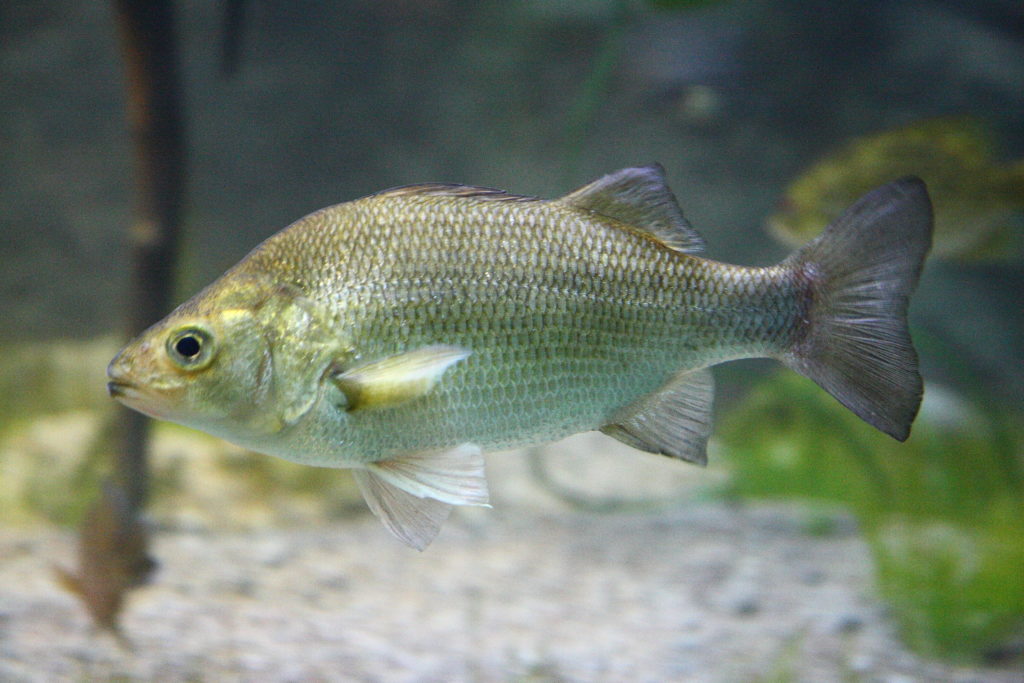What to Target When Rockfish Season Closes

By Dennis Doyle
The 2022 striped bass season, including catch and release, is closed throughout the Chesapeake Bay and its tributaries for the next two weeks, Saturday, July 16 until Sunday, July 31. This scheduled closure aims to protect our dwindling rockfish stocks from being subjected to the mortality of undersized fish caught and released during the peak of our summer heat. These kill ratios can reach 90 percent under some conditions and as we know, our surviving striped bass population is currently in a very stressed condition.
This policy will prolong the recovery period of our rockfish stocks since most all striped bass in the Atlantic are born in the Chesapeake.
In the meantime, there are some Bay fish species that can handle a bit more angler attention, namely white perch, spot and catfish. And these guys appear to be all in fair numbers, especially the catfish, although there will never be enough big white perch around (in my opinion). The spot are scattered but of good size when you find them.
The most fun (and most delicious) would be the whites, and the best time to target these guys is a day when sunrise is predicted to occur during the better part of a flood tide along rocky Bay and tributary shorelines. Target old piers, pilings or pier remnants, bridge abutments, fallen trees or any structures that have had time to acquire barnacles and aquatic growth.
The older and less accessible these structures are, the bigger and more numerous the perch should be. In the early morning hours any areas of shaded shoreline will usually hold perch. The shade, or even better, a general overcast, hides the fish from overhead predators such as osprey and the tasty devils will remain in the shallows longer.
The very best live bait for the biggest white perch and better size spot will be peeler crabs, second best would be a piece of soft crab, a bit past the soft phase, sometimes called paper shells. That’s simply because the small pieces you need will be tougher and harder for the perch to filch. Presented on a No. 4 hook or on a small shad dart suspended under a casting bobber, if you don’t immediately get a bite it’s because the perch are not there. Try another location until you find them, as they’re a schooling fish.
The next best offering will be pieces of raw table or bait shrimp, bloodworm, razor clam, garden worms or nightcrawlers. Fish along the shorelines under bobbers in three to 15 feet of water, or on main-stem Bay lumps or shoals or bridge supports in 15 to 40 feet on high-low rigs with one to two ounce sinkers. Lures for perch in the shallows will include Beetle Spins, Super Rooster Tails, Capt. Bert’s Perch Pounders, Mepps Spinners and small spoons. Any of these methods, using bait or lures, should result in enough of the pan-sized fish for a couple of good meals.
Recreational crabbers, sadly enough, are also experiencing a dearth of their favorite Bay species, the blue crab. With the lowest numbers in many years and severely reduced harvest limits, the outlook for Maryland’s favorite seafood looks grim indeed. Seafood markets again have to depend on Louisiana and even Texas for their supplies this year. The Department of Natural Resources had better sharpen their pencils and revisit their management plans for this Bay species.
